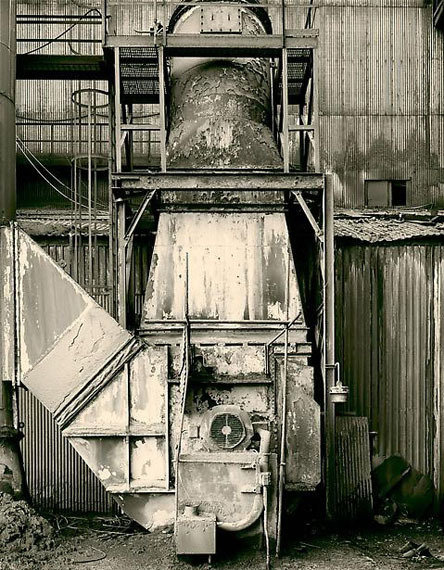Robert Bourdeau
dal 11/1/2012 al 17/2/2012
Segnalato da
11/1/2012
Robert Bourdeau
Edwynn Houk Gallery, New York
A new group of prints by the Canadian photographer. His landscapes and sweeping vistas delicately and intricately focus on a man-made object within nature: an abandoned factory of the Industrial Era, an overgrown and barely visible Buddhist shrine, or dwellings dwarfed by the rugged mountainside.

Edwynn Houk Gallery is pleased to exhibit a new group of prints by the renowned Canadian photographer, Robert Bourdeau (b 1931). This will be his second exhibition at the gallery and the first since his election to the prestigious Order of Canada and the publication of his retrospective monograph printed in 2011 by the Magenta Foundation and the Stephen Bulger Gallery, “The Station Point.”
The “station point” is a term coined by Bourdeau himself, that fleeting moment when a photograph comes into being, when all the elements align – the light, the subject within the viewfinder, and the photographer himself. Bourdeau’s landscapes and sweeping vistas delicately and intricately focus on a man-made object within nature and nature’s eventual reclamation, be it either an abandoned factory of the Industrial Era, an overgrown and barely visible Buddhist shrine, or dwellings dwarfed by the rugged mountainside on which they sit. Bourdeau captures a quiet monumentalism, where with stillness, solemnity and grace, nature prevails. Deterioration and disintegration are met with new life. As described by the curator Ann Thomas, “[his images] present to us the contradictions inherent in [the world]: chaos and order, mysticism and reason, transience and permanence, ruin and regeneration, destruction and reclamation, dark and light.”
Bourdeau trained as an architect, but while looking though the pages of Aperture in the 1960s, he discovered early on that he got more enjoyment out of looking at the photographs of architecture and nature within its pages, by the likes of Adams, Strand, Stieglitz and Lange, rather than actually designing the structures themselves. A correspondence with its then editor, Minor White, led to a profound, decade-long, friendship between the two. White’s influence in his work continues to be felt.
Since the late 1970s, Bourdeau has favored the large format view camera, using either 8x10 or 11x14 film. His technique is slow and deliberate, and the long exposure time necessary to capture images within the viewfinder suits this. The large format image also allows for a minimal loss of detail from negative to print. Each photograph is made more intense by Bourdeau’s canny elimination of all emptiness or sparseness. Bourdeau achieves the unique warm tone of some of his silver gelatin prints using a special gold chloride solution, which he devised and has kept secret.
Bourdeau was born in Kingston, Ontario, in 1931, exhibiting internationally since 1967. His work has been included in numerous exhibitions, including the International Center of Photography, New York; the Art Gallery of Ontario, Toronto; the Art Institute of Chicago; Centre Regional de la Photographie Nord Pas-de-Calais, France. His photographs are within several esteemed public collections, including the Los Angeles County Museum of Art; Museum of Contemporary Art, Chicago; the Centre Georges Pompidou, Paris; the Smithsonian Institution, Washington DC; and the National Gallery of Canada, Ontario. In 2011, Bourdeau was elected to the Order of Canada.
Image: Alabama, USA, 1995 © Robert Bourdeau
Edwynn Houk Gallery
745 Fifth Avenue, NY 10151 New York
Opening hours: Tue-Sat 11 am-6 pm



